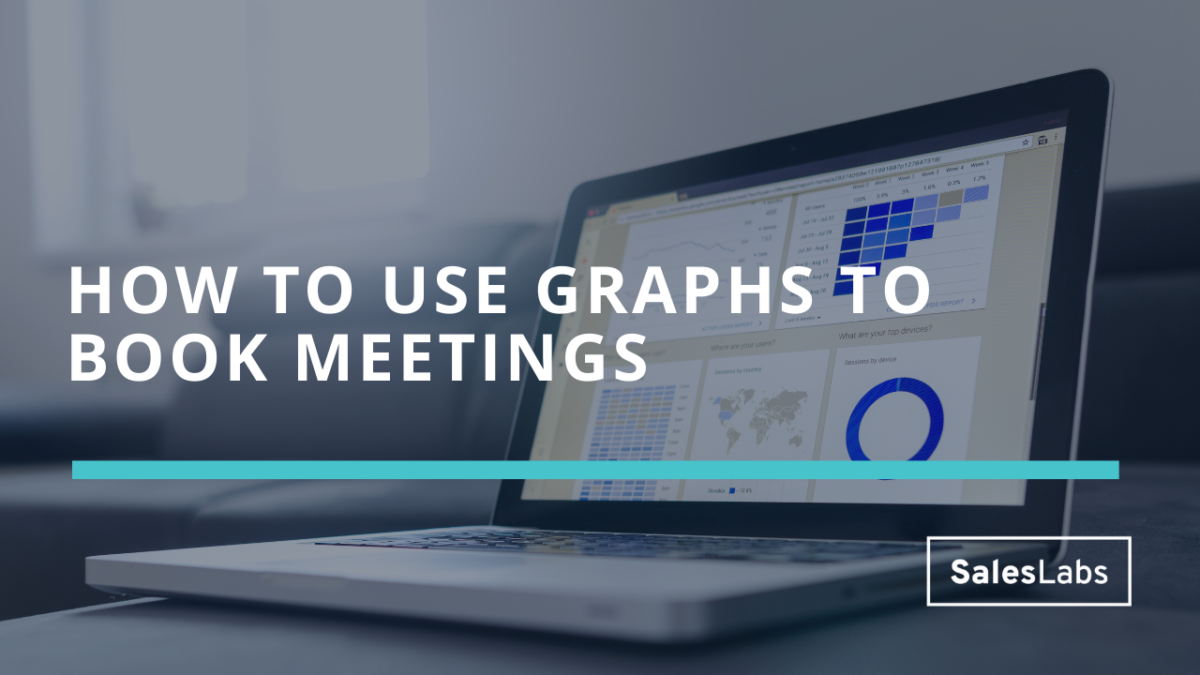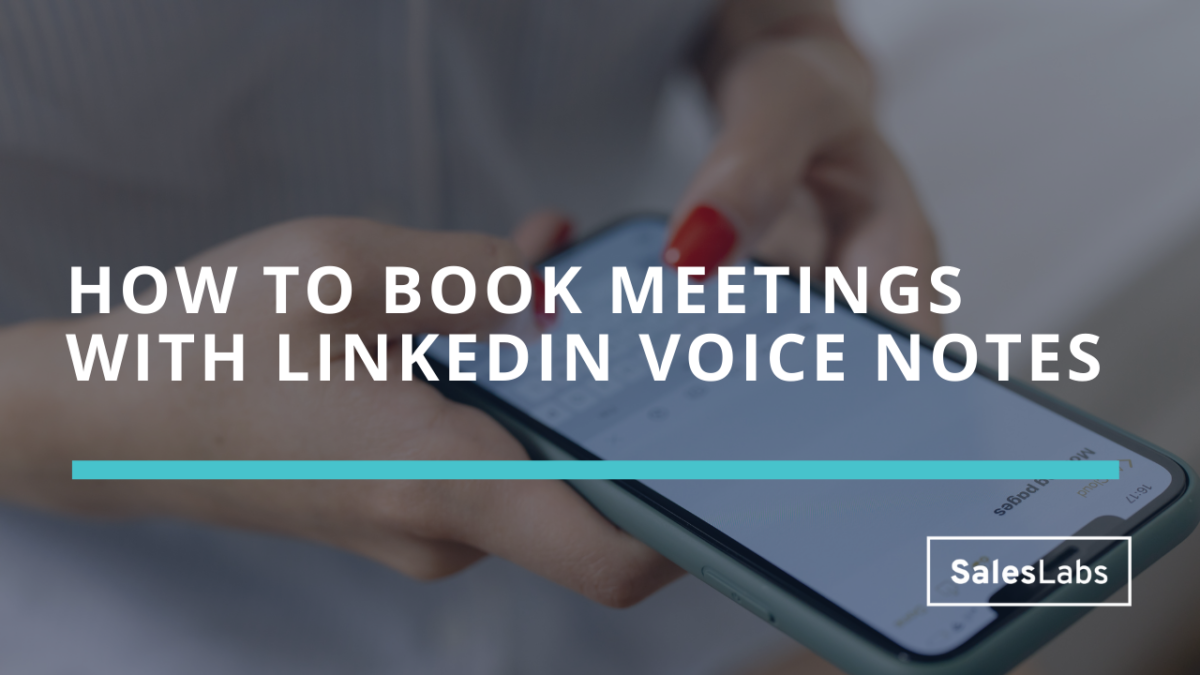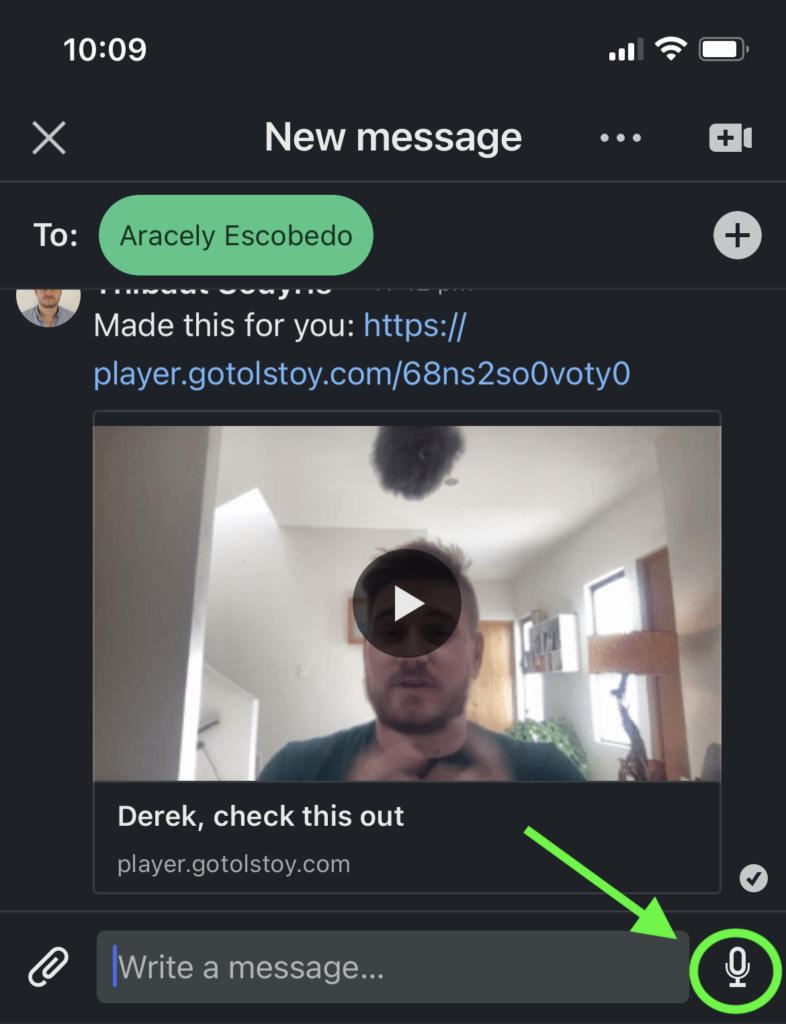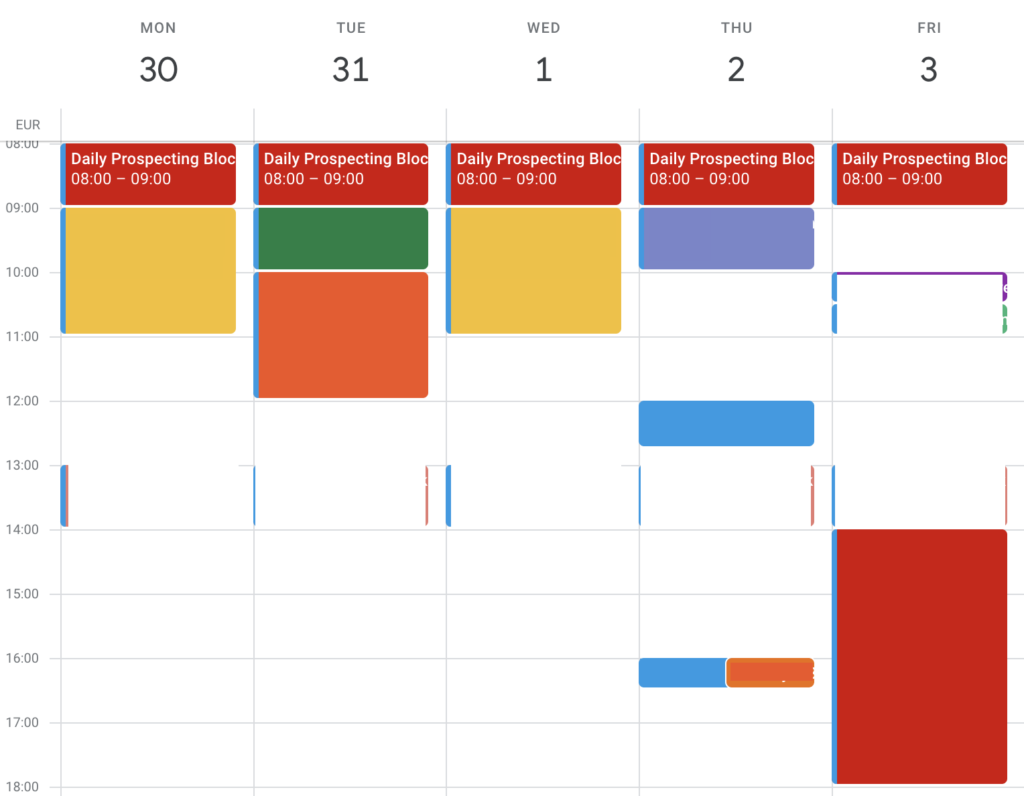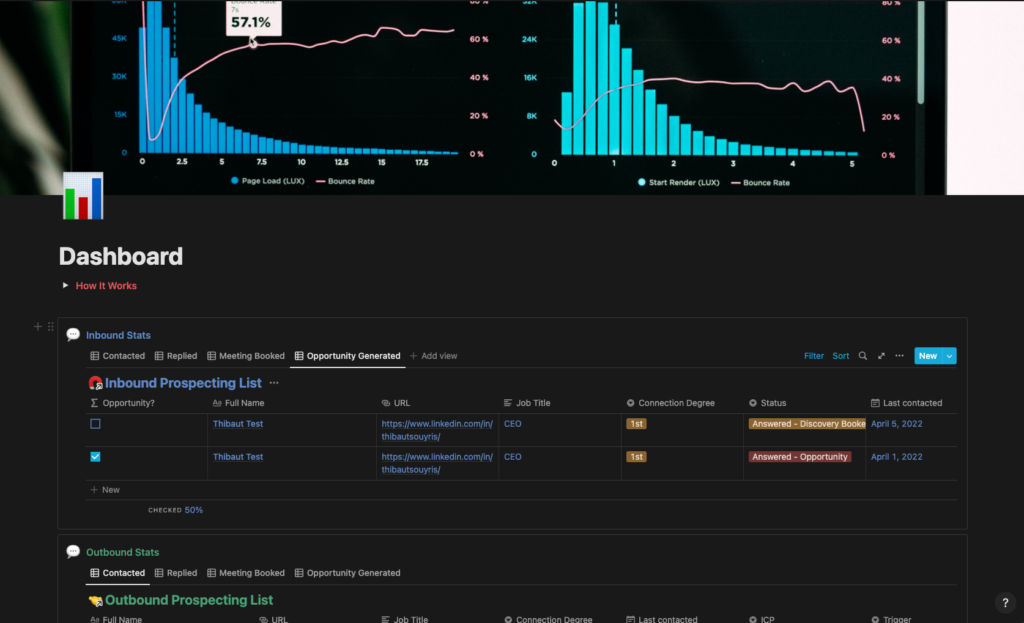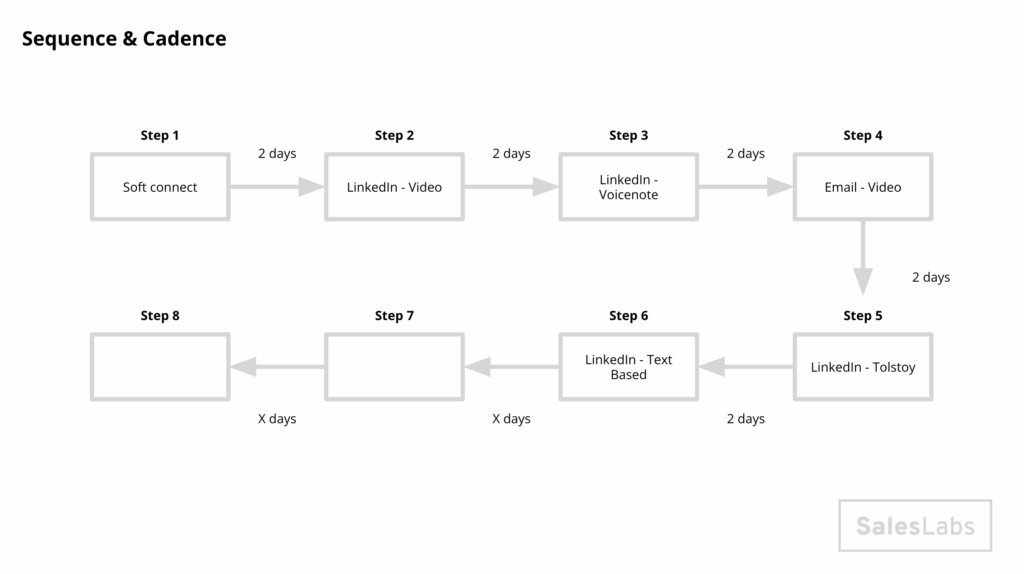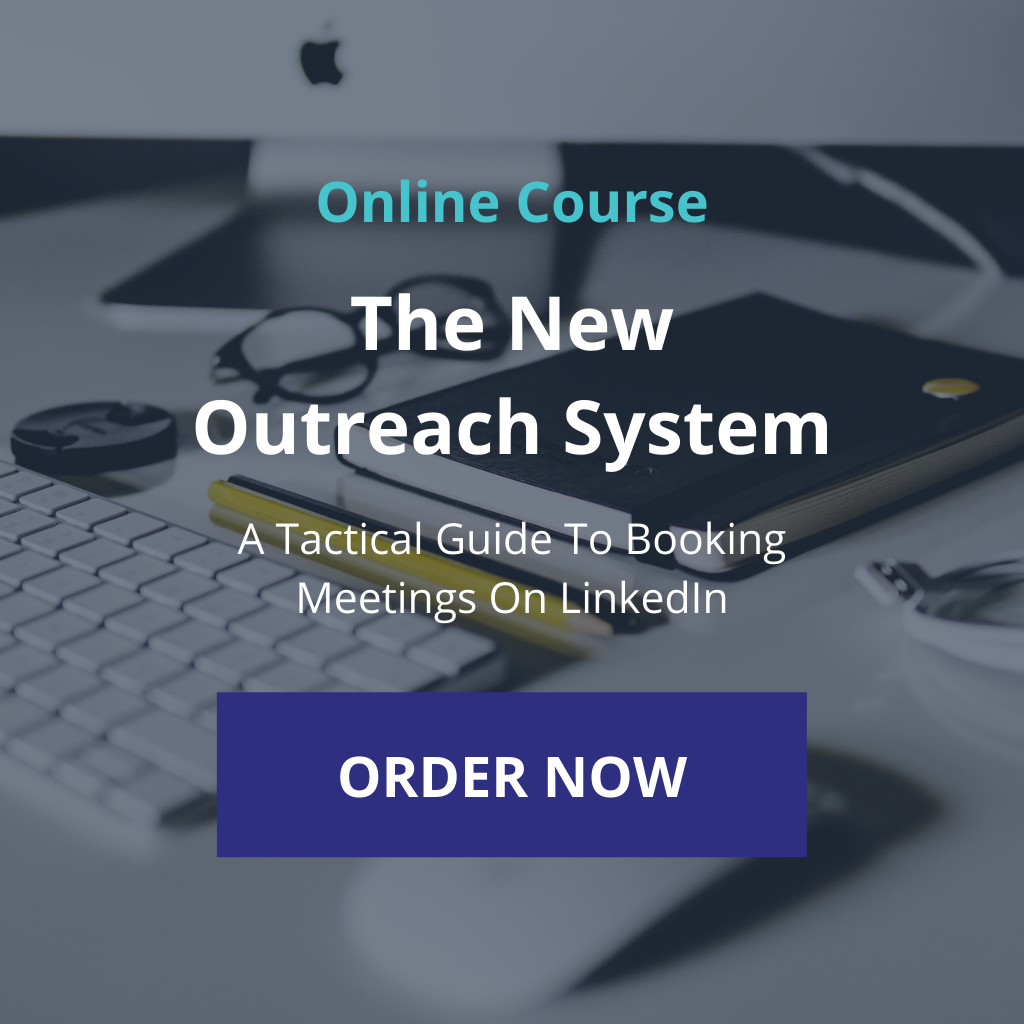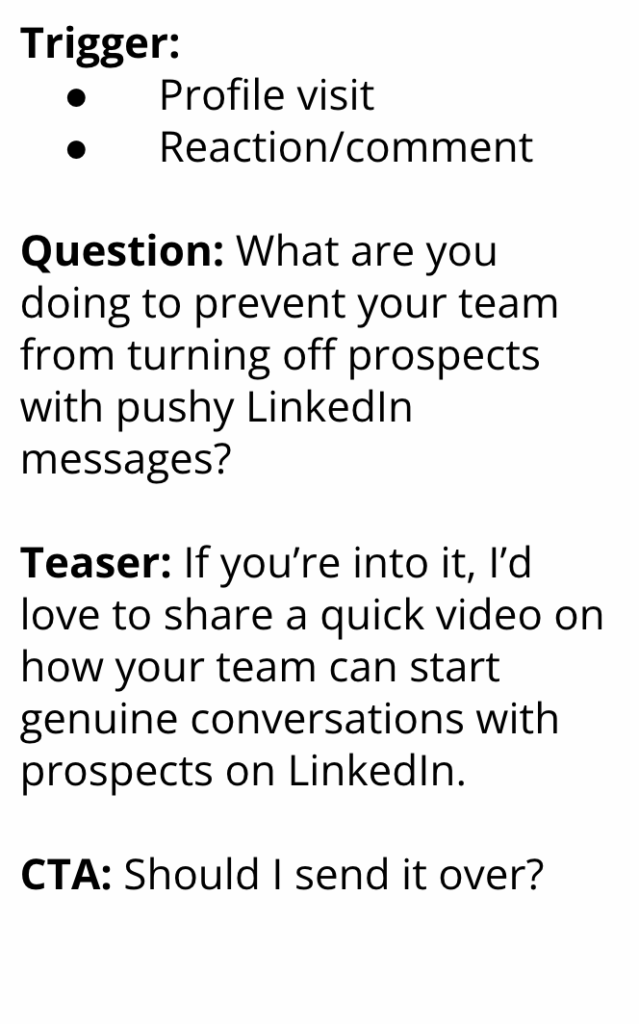9 things to do when starting a new sales job
In today’s newsletter, I’m going to share 9 things you should do when starting a new sales job.
If you’re an SDR or an AE, there’s no way around prospecting, even if your new manager promised you wouldn’t need to build your own pipeline. Being able to bring your own opportunities will make you stand out, and help you keep that job you worked so hard to get.
Unfortunately, outbound prospecting is insanely complicated to get right from the get go.
It’s so complicated because it requires a structured approach.
Most salespeople are struggling with outbound because it takes so much time to produce consistent results, and as a consequence:
They get frustrated by the lack of replies
They prospect in burst instead of doing it daily
They give up after a few days of effort
But there’s something you can do about it.
Here’s how, step by step:
Step 1: Build a clear Ideal Customer Profile
An Ideal Customer Profile (ICP) is a simple representation of the type of customers you’d like to go after. I teach salespeople to create a matrix with the type of companies, and the type of job title they would typically go after.
Mine looks like this:

Step 2: List the ICP’s problems
Second important step is listing the typical problems these ICPs are trying to solve on a daily basis.
A good way to find these problems is to google {Job title} challenges 2022. With the example above, it would look like “VP of sales challenges 2022”. You can also look for podcast or webinar recordings of buyers you’d love to work with.
A problem for VPs of Sales in the first column above would be to miss their forecasting by over 10%. It’s quite common and a key reasons VPs of Sales get fired.
Step 3: Find symptoms of these problems
Now that you know about the problems you can help with, your job is to find symptoms of these problems.
In my example above, a key symptom of the problem in step 2 is a U-shaped pipeline. With lots of early-stage opportunities and late stage opportunities, it is not uncommon that 30%+ of opportunities in late stage won’t close as expected.
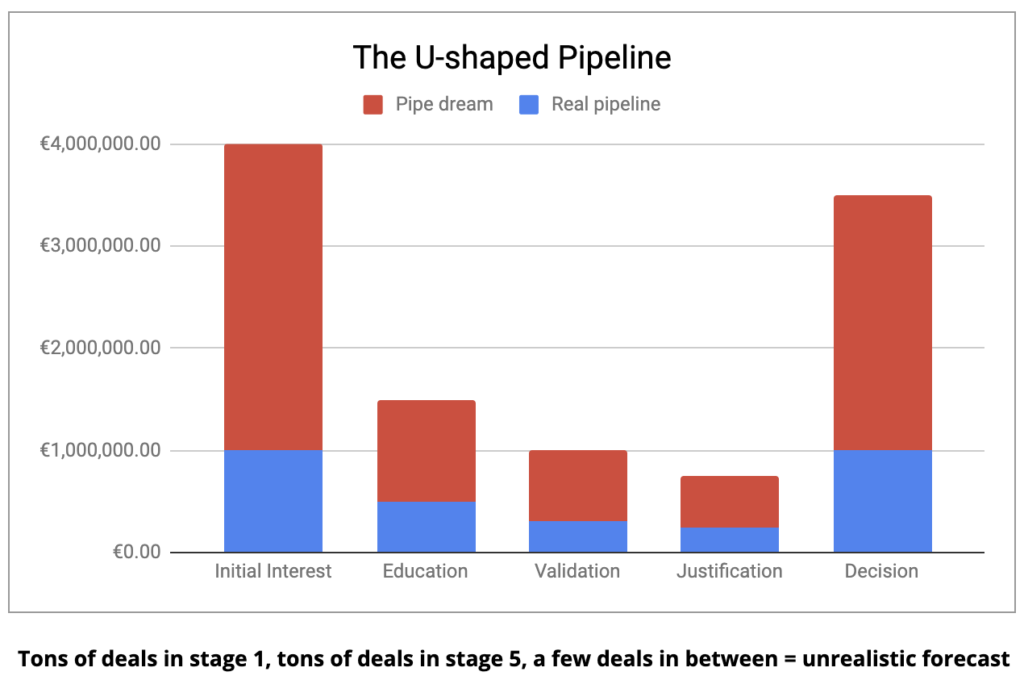
Step 4: Find LinkedIn posts about these problems
Now that you know about the symptoms, you can start looking for these on LinkedIn. You can identify posts talking about these symptoms, or topics that are similar.
In my example above, a sales influencer posting about forecasting hacks could be a good start. You don’t need to go too deep on the symptom, but you can look for keywords that are attached to it.
This recent post of Sarah Brazier has over 100 reactions, and I just typed “forecasting” in the LinkedIn search bar to find it.
Step 5: Identify prospects who fit with your ICP in the post reactions
This step is mind-blowing if you’ve found a great post about the symptoms identified in step 3. Just click on the list of people who have reacted/commented on the post in step 4 and look for those who fit with your ICP.
If the post you have found is qualitative enough, you should have multiple prospects who are potentially having the problem. With the post of Sarah, I found 7 prospects fitting with my ICP in the reactions, and 1 in the comments.
Step 6: Create a prospecting sequence
Now that you have found some interesting prospects and a good trigger, make sure to create a sequence with multiple touchpoints. It would be too bad to contact these prospects, only to forget to follow up after a few days.
If you need a simple framework to write high-impact messages, go check this post I shared a few months ago.
Step 7: Use creative media
Getting replies is about two things: creativity and relevance. Relevance is displayed through the correct use of triggers, and creativity through the channel and media you are using.
That’s why I recommend using video or LinkedIn voice notes. These create pattern interrupts and help you stand out in a sea of cold emails and LinkedIn texts.
Step 8: Calculate how many prospects to contact to reach your targets
Knowing how many people to contact daily is simple, yet most people don’t know that number. In order to do it, I recommend identifying your sales/opportunity targets and converting them into how many prospects you would need to contact if your pipeline was empty.
You can use my sales process calculator to do just that.
Step 9: Prospect every single day of the week at the same time
Finally, having a blocker to prospect every single day at the same time is the simplest, most effective habit you can develop as a salesperson.
I block my mornings from 08:00 to 09:00 and I religiously prospect. It’s the first thing I do, before tackling any other task.
Do it for 30 days and see what happens.
And these are the 9 steps you can follow if you’re starting a new sales job. You can also follow them if you’re building a new prospecting sequence.
You may also want to check my latest course called The Cold Message System. It’s a tactical guide on writing emails and LinkedIn messages to get a 38% reply rate and a 27% meeting rate. It goes live on the 15th of July, costs €99 but you can pre-order it now for €79 with the code “prelaunch”.
→Work 1:1 with me: If you need help booking more meetings, I can help you. We’ll go through your current situation and what’s not working. We’ll build an action plan to land you more meetings and more money in your pocket. Book me here.
Subscribe to the Newsletter
Get my free, 4 min weekly newsletter. Used by 5.900+ salespeople to book more meetings.
Subscribe to the Newsletter
Get my free, 4 min weekly newsletter. Used by 5.900+ salespeople to book more meetings.



